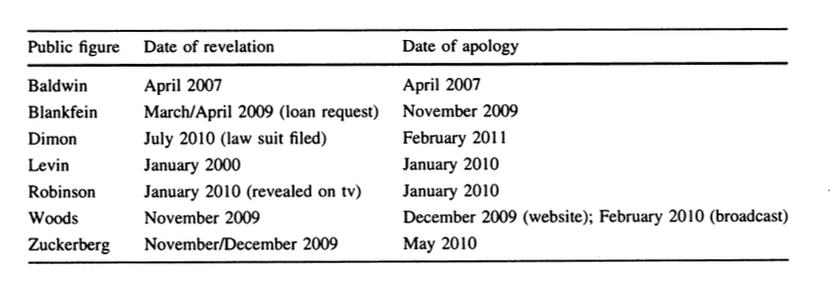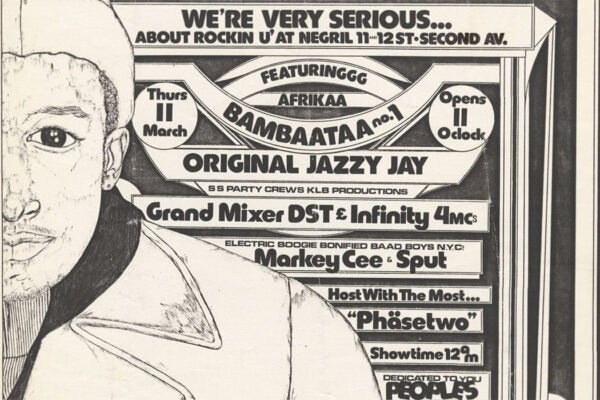United Airlines has issued a series of apologies following the violent April 13th removal of a paying passenger.
Why, after all the political, corporate, and celebrity apologies we’ve heard in the past few decades, is it still so hard to say, “I’m sorry”? In and of itself, “the simple phrase ‘I’m sorry’ has been shown to lessen both the number and amount of malpractice claims.”
For this “age of apology,” David P. Boyd maps a topography of the artful apology, guidance for transgressive “CEOs or other celebrities.” A timely, sincere apology, with admission of lapse, expression of guilt (an apology has to be for something), plan for compensation, and promise of concrete change, goes a long way. Boyd writes, “Properly done, apologies can contain damage and curry goodwill. Considerable evidence shows that respondents rate transgressors more favorably—and hold them less accountable—if they apologize.”
Boyd maps out the best course for a successful and sincere apology. It has seven components:
▪ revelation
▪ recognition
▪ responsiveness
▪ responsibility
▪ remorse
▪ restitution
▪ reform.
Some personalities, however, are masters of deflection. The alliteration-appreciating Boyd labels these apology-undermining tactics: dissociation, diminishment, dispersion, and detachment.
Using seven recent historical examples (Alec Baldwin, Jamie Dimon, Tiger Woods, Iris Robinson, etc.), Boyd reviews the ways the people either atone or weasel out of an apology.

While an admission of lapse is “a prerequisite for reclaiming trust,” Boyd notes that the wronged are quick to accept an insincere apology because we have “a tendency to trust others more than we should and a tendency to believe that we can discern deception more readily than we can.”
Noting that “Restitution is for the past, while reform is for the future,” Boyd also says that “the public may hope for transgressor repentance but hold out for transgressor reparation.”







